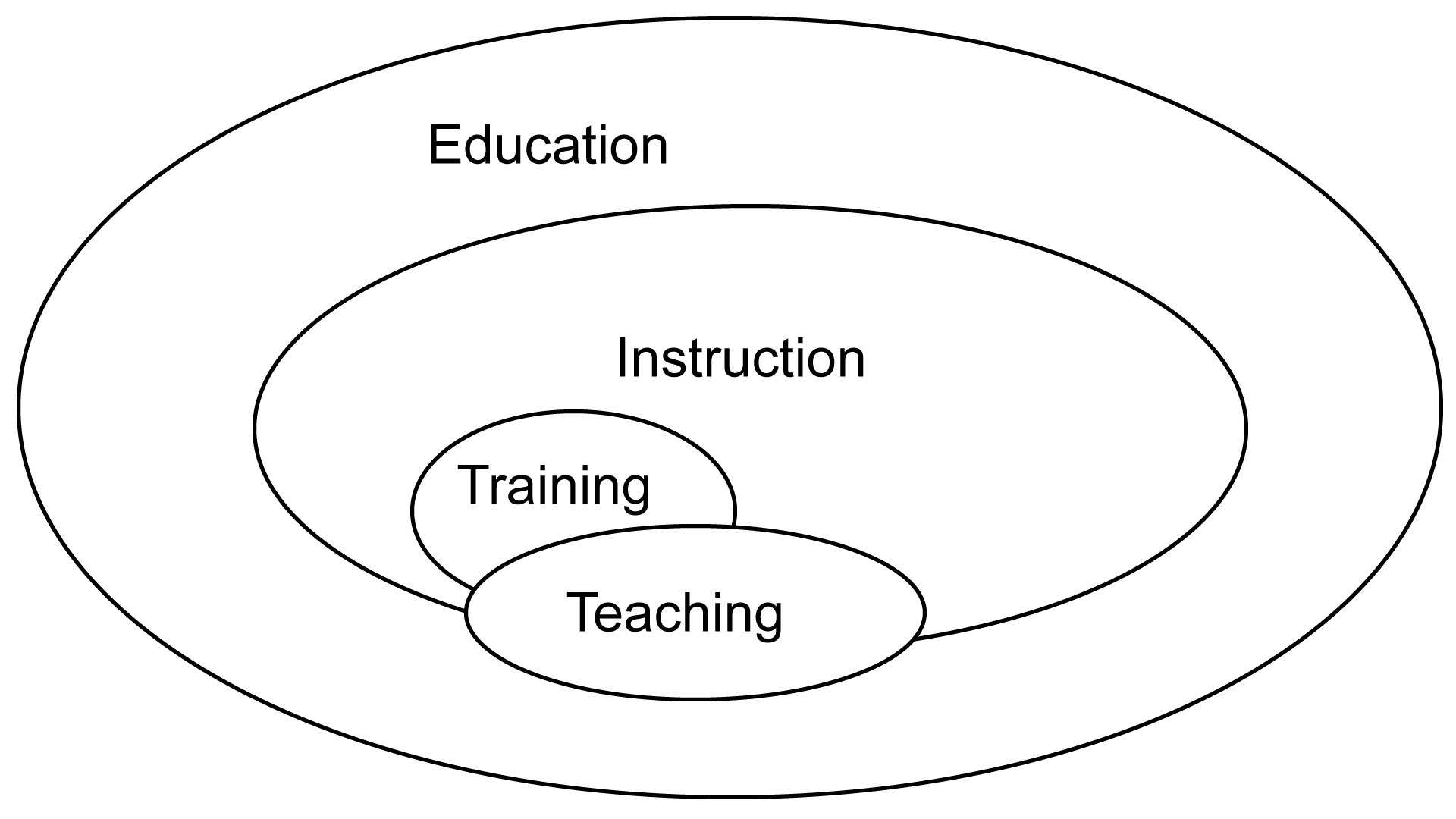What is instructional design?
Instructional design is the creation of learning experiences and materials in a manner that results in the acquisition and application of knowledge and skills.
Instructional design has the following characteristics[1]:
- Instructional design is student centered.
- Instructional design is goal oriented.
- Instructional design focuses on meaningful performance.
- Instructional design assumes outcomes can be measured in a reliable and valid way.
- Instructional design is empirical, iterative, and self-correcting.
- Instructional design typically is a team effort.

History of instructional design
Instructional design has gone through many changes over the years. Here’s a visual timeline that describes the major instructional design milestones. A History of Instructional Design and Technology: Part II: A History of Instructional Design by Robert Reiser is another significant work on the history of the instructional design.
What do instructional designers do?
According to Instructional Design in Higher Education, most instructional designers have four categories of responsibilities:
- Design instructional materials and courses, particularly for digital delivery
- Manage the efforts of faculty, administration, IT, other instructional designers, and others to achieve better student learning
- Train faculty to leverage technology and implement pedagogy effectively
- Support faculty when they run into technical or instructional challenges
Branch, R., & Merrill, D. (2018). Characteristics of instructional design models. Trends and Issues in Instructional Design and Technology. Pearson.
Smith, P. L., & Ragan, Tillman J. (2005). Instructional design. John Wiley & Sons, Inc.